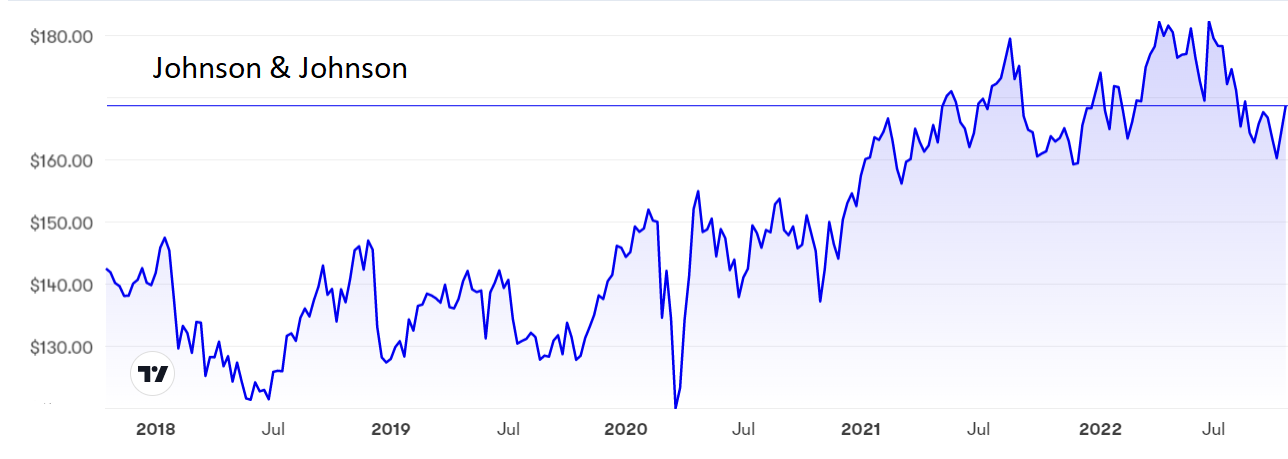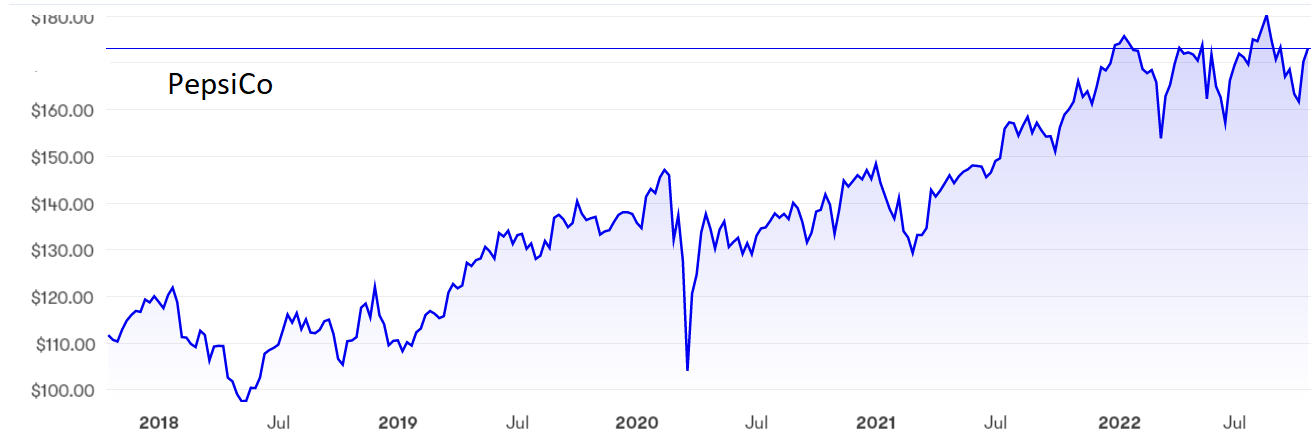Two ‘dividend kings’ that stand out from the crowd
26th October 2022 09:12
by Rodney Hobson from interactive investor
Is there any reason to think that the good times are over for these two multinationals, asks our overseas investing expert Rodney Hobson.

As third-quarter figures are issued by US stocks it is worth looking for companies that update their full-year guidance. Two in particular stand out.
Johnson & Johnson (NYSE:JNJ) has the advantage of a diverse portfolio of drugs and medical devices in addition to a range of consumer products including baby care and beauty. The drugs section alone is spread across immunology, cancer, neurology, heart ailments and more. With half of total sales coming from outside the US home base, this is a recipe for always providing something that is needed somewhere in the world.
- Find out about: US Earnings Season | Top US Stocks | Interactive investor Offers
In that context, sales growth of only 1.9% to $23.79 billion (£20.9 billion) in the third quarter was a bit disappointing. Sales in the US rose a respectable 4.1%, but international sales slipped slightly as the strong dollar created headwinds and J&J has reduced its revenue guidance from 2.6% growth to only 2.1%.
However, net profit was something else, jumping 22% to $4.46 billion and allowing the company to slightly raise guidance on earnings per share.
One minor complication is that Johnson & Johnson is splitting off its consumer health division in a similar fashion to the splitting off of Haleon (LSE:HLN) from UK healthcare group GSK (LSE:GSK) in July, J&J’s proposal was put forward last November but it has only just announced a name for the proposed new company of Kenvue.
- Buying continues as US earnings season picks up pace
- Time to buy one of Warren Buffett’s favourite stocks now?
- Four American banks: buy, sell, hold?
The consumer health side actually saw sales slip slightly in the latest quarter, indicating that the pending split may have been a distraction, so resolving the issue could be good all round.
The shares hit a depths-of-the-pandemic low of $100 before recovering strongly to $180 but they have recently been dragged down unfairly in the general stock market malaise. At just below $170, they offer decent value with the price/earnings ratio a little on the top side at 23.5 and a yield of 2.6%, not compelling but not bad for a company of this quality. Johnson & Johnson has consistently raised its dividend over half a century and there is no reason to believe that the good times are over yet.

Source: interactive investor Past performance is not a guide to future performance
It's all fizz at bottled drinks maker PepsiCo Inc (NASDAQ:PEP), with strong growth in revenue and net income in the third quarter. Guidance for the full year has been upgraded.
Revenue rose 8.8%, slightly better than in the first half, to almost $22 billion over the three months to the end of September. Net income, up a staggering 33% in the first half, was more muted in the latest quarter but one can hardly complain at a 21% increase to $2.72 billion. Momentum is still there.
- Top 10 things you need to know about investing in the US
- Is the US a land of opportunity for trust investors?
Revenue guidance has been raised from 10% to 12%, so management is clearly confident of bumper sales over the Christmas period. In contrast, the projected rise in earnings per share of 10%, against 8% previously, looks a deliberate ploy to keep alive hopes of a pleasant surprise when the actual figures are totted up in January.
Apart from the dip in spring 2020, Pepsi shares have risen relentlessly for more than four years but they have come off the boil along with the market generally in the past few weeks. At around $177, the p/e is toppy at 24.76 but the yield of 2.57% looks very secure. Unless something dire comes completely out of the blue, shareholders can surely expect the payout to rise in the coming years.
Hobson’s choice: I have tipped Johnson & Johnson several times from $134 upwards. It is still a buy but there may not be much time left to get in below the recent peak of $180. I have been overcautious about Pepsi, recommending twice in the past 12 months that investors should buy below $154. That low has been hit on only one day in that time. The shares are a buy even though they cost more now.

Source: interactive investor Past performance is not a guide to future performance
Rodney Hobson is a freelance contributor and not a direct employee of interactive investor.
These articles are provided for information purposes only. Occasionally, an opinion about whether to buy or sell a specific investment may be provided by third parties. The content is not intended to be a personal recommendation to buy or sell any financial instrument or product, or to adopt any investment strategy as it is not provided based on an assessment of your investing knowledge and experience, your financial situation or your investment objectives. The value of your investments, and the income derived from them, may go down as well as up. You may not get back all the money that you invest. The investments referred to in this article may not be suitable for all investors, and if in doubt, an investor should seek advice from a qualified investment adviser.
Full performance can be found on the company or index summary page on the interactive investor website. Simply click on the company's or index name highlighted in the article.
Disclosure
We use a combination of fundamental and technical analysis in forming our view as to the valuation and prospects of an investment. Where relevant we have set out those particular matters we think are important in the above article, but further detail can be found here.
Please note that our article on this investment should not be considered to be a regular publication.
Details of all recommendations issued by ii during the previous 12-month period can be found here.
ii adheres to a strict code of conduct. Contributors may hold shares or have other interests in companies included in these portfolios, which could create a conflict of interests. Contributors intending to write about any financial instruments in which they have an interest are required to disclose such interest to ii and in the article itself. ii will at all times consider whether such interest impairs the objectivity of the recommendation.
In addition, individuals involved in the production of investment articles are subject to a personal account dealing restriction, which prevents them from placing a transaction in the specified instrument(s) for a period before and for five working days after such publication. This is to avoid personal interests conflicting with the interests of the recipients of those investment articles.